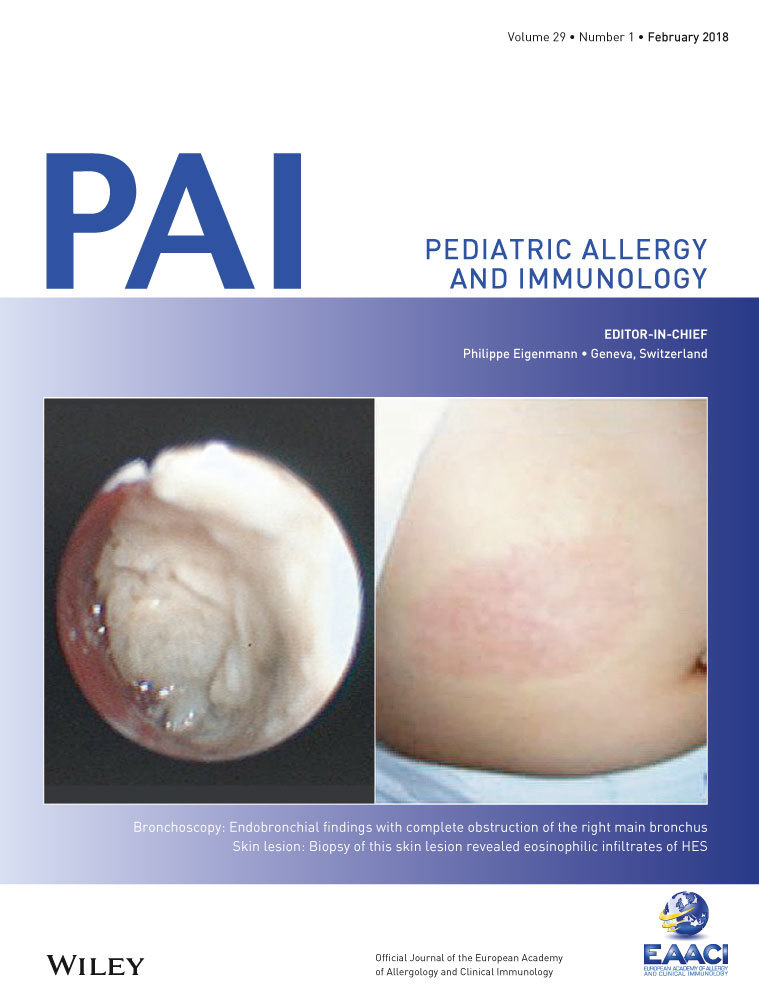Mepolizumab—a novel option for the treatment of hypereosinophilic syndrome in childhood
Abstract
Background
Mepolizumab was originally intended as a therapeutic agent for atopic asthma in adults, and consequently, little is known about its use in children. Up to now, corticosteroids have formed the basis of the initial treatment of hypereosinophilic syndromes and are shown to be effective in most patients. To analyze the effect of mepolizumab in children is the aim of this study.
Methods
We are reporting the experience of the effect of mepolizumab in 2 pediatric patients with hypereosinophilic syndrome that was not sufficiently controlled by other drugs. In addition, the literature regarding the treatment with mepolizumab in pediatric and adult patients is reviewed for the most important studies regarding safety and efficacy.
Results
Mepolizumab therapy showed in 2 pediatric patients with severe hypereosinophilic syndrome a safe and efficient therapeutic approach. No significant intolerances appeared. Furthermore, treatment with systemic corticosteroids was terminated, and therefore, severe side effects were avoided in our pediatric cases.
Conclusions
Anti-IL-5 antibodies, which can be applied without substantial drug intolerances, are a new, safe, and effective treatment option for pediatric patients with hypereosinophilic syndrome.




